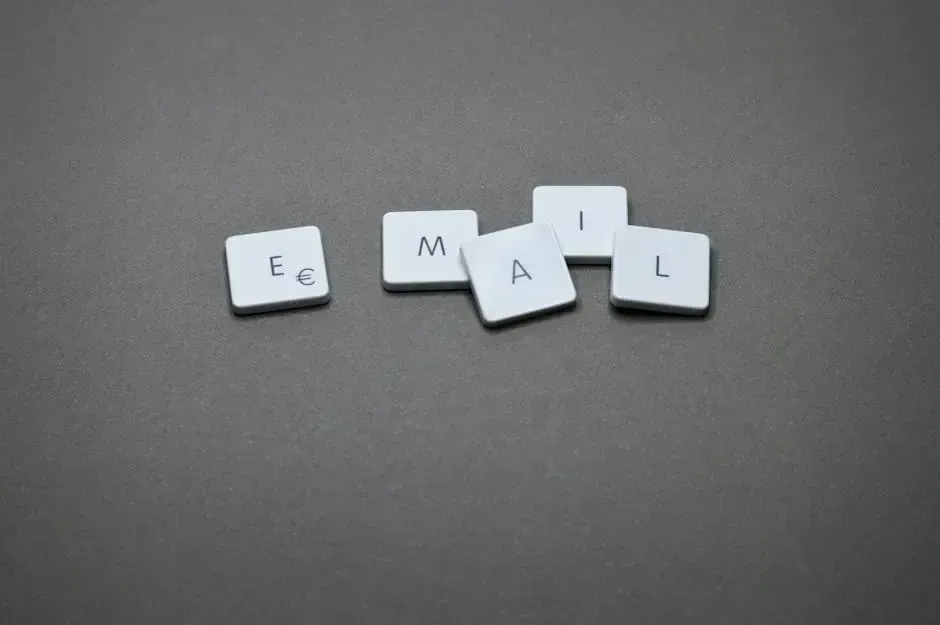1. The Slippery Slope of Unsubscribes
Unsubscribes can send shivers down any email marketer’s spine. Losing subscribers might seem like a minor setback, but it’s indicative of a more severe underlying issue – lack of engagement. When recipients opt out, it’s a clear sign that your content is not resonating or that you’re sending too frequently. Reducing unsubscribes involves a delicate balance of providing value while not overwhelming your audience. Remember, quality over quantity is key.
One effective strategy to combat unsubscribes is to analyze your content thoroughly. Are you addressing your subscribers’ pain points? Are your emails personalized and relevant? Sometimes a simple tweak in your content strategy can make a significant difference. Experiment with different content formats, subject lines, and timings. By keeping a close eye on what works and what doesn’t, you can proactively reduce unsubscribe rates.
Moreover, regularly cleaning your email list is crucial. Inactive subscribers or those who never open your emails can harm your deliverability rates. Purging these contacts can actually improve your overall engagement metrics. List hygiene is often an overlooked aspect of email list management but can have a profound impact on your campaign’s success. Remember, a smaller, engaged list is far more valuable than a large, disinterested one.
ADVERTISEMENT
2. Inbox Overload: The Spam Trap
In today’s digital age, an overflowing inbox is a common lament. Forcing your way into a recipient’s inbox without permission or bombarding them with irrelevant content only leads to one destination – the dreaded spam folder. Avoid falling into the spam trap by prioritizing permission. Building a quality email list through opt-ins and double opt-ins ensures that your messages are welcomed, not marked as spam.
Besides, regularly monitoring your email deliverability and engagement metrics can help you identify potential issues before they escalate. High bounce rates, low open rates, and numerous spam complaints are red flags. By addressing these promptly, you can steer clear of the spam folder and maintain a positive sender reputation. Remember, maintaining trust with your subscribers is paramount to avoiding inbox overload.
Additionally, segmenting your email list based on engagement levels and preferences can prevent inbox overload. By sending targeted, personalized content to the right audience segments, you ensure that your emails are welcomed rather than ignored. Remember, it’s not about the quantity of emails you send but the quality of interactions you foster with your subscribers.
3. The Double-Edged Sword of Poor Segmentation
Segmentation is a powerful tool in email marketing, but like any tool, it can backfire if used incorrectly. Poor segmentation leads to irrelevant content being sent to the wrong audience, resulting in disengagement and increased unsubscribe rates. It’s crucial to strike a balance between personalization and over-segmentation. While personalization enhances engagement, dividing your audience into too many segments can lead to confusion and decreased open rates.
To avoid the double-edged sword of poor segmentation, analyze your data thoroughly. Understand your subscribers’ behavior, preferences, and interaction patterns. By creating segments based on actionable insights rather than assumptions, you can deliver targeted content that resonates with each group. Remember, effective segmentation is about sending the right message to the right person at the right time.
Furthermore, regularly reviewing and updating your segmentation strategy is essential. As your audience evolves and your product offerings change, so should your segmentation criteria. By staying agile and adjusting your segments accordingly, you can ensure that your emails remain relevant and engaging. Remember, dynamic segmentation is key to maximizing the impact of your email marketing efforts.
4.
READ THE FULL ARTICLE AT BUILD BETTER EMAILS




